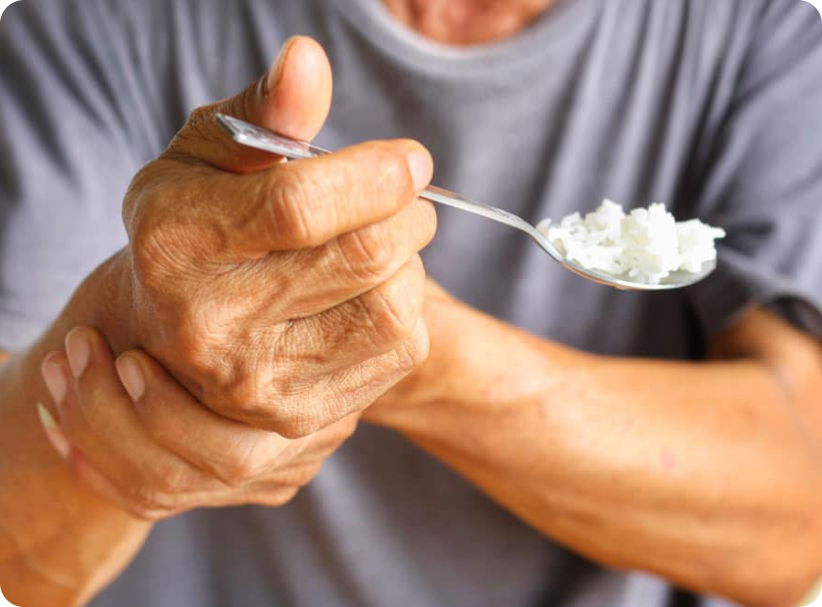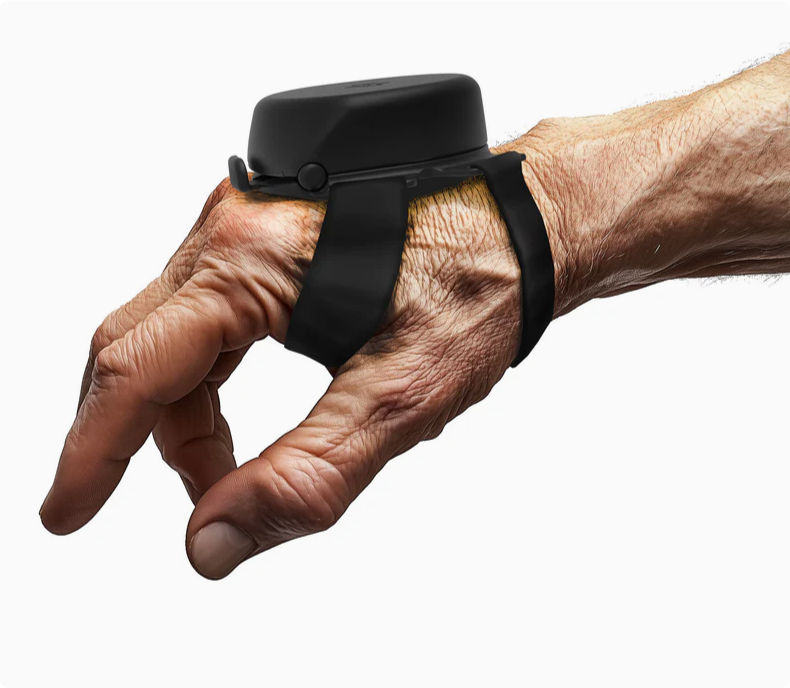

Why is Eating Challenging with Parkinson's Disease?
Parkinson's Disease leads to impaired hand control, making eating challenging. Tremors, rigidity, and slowness hinder limb movement; therefore, adaptive equipment for Parkinson's Disease can provide the necessary support to enjoy meals comfortably.

How to Make Eating with Parkinson's Disease Easier?
Utensils designed for individuals with Parkinson's Disease are specifically crafted to help reduce the effects of tremors and improve balance during mealtimes. These utensils, which include forks, spoons, and knives, feature stabilizing elements such as weighted and non-slip handles, making it easier to eat. These tools aim to provide greater control and grip, allowing for a more stress-free and independent dining experience.

Demonstration Video on Using Steadi-3 for Eating with Parkinson's Disease
Frequently Asked Questions


